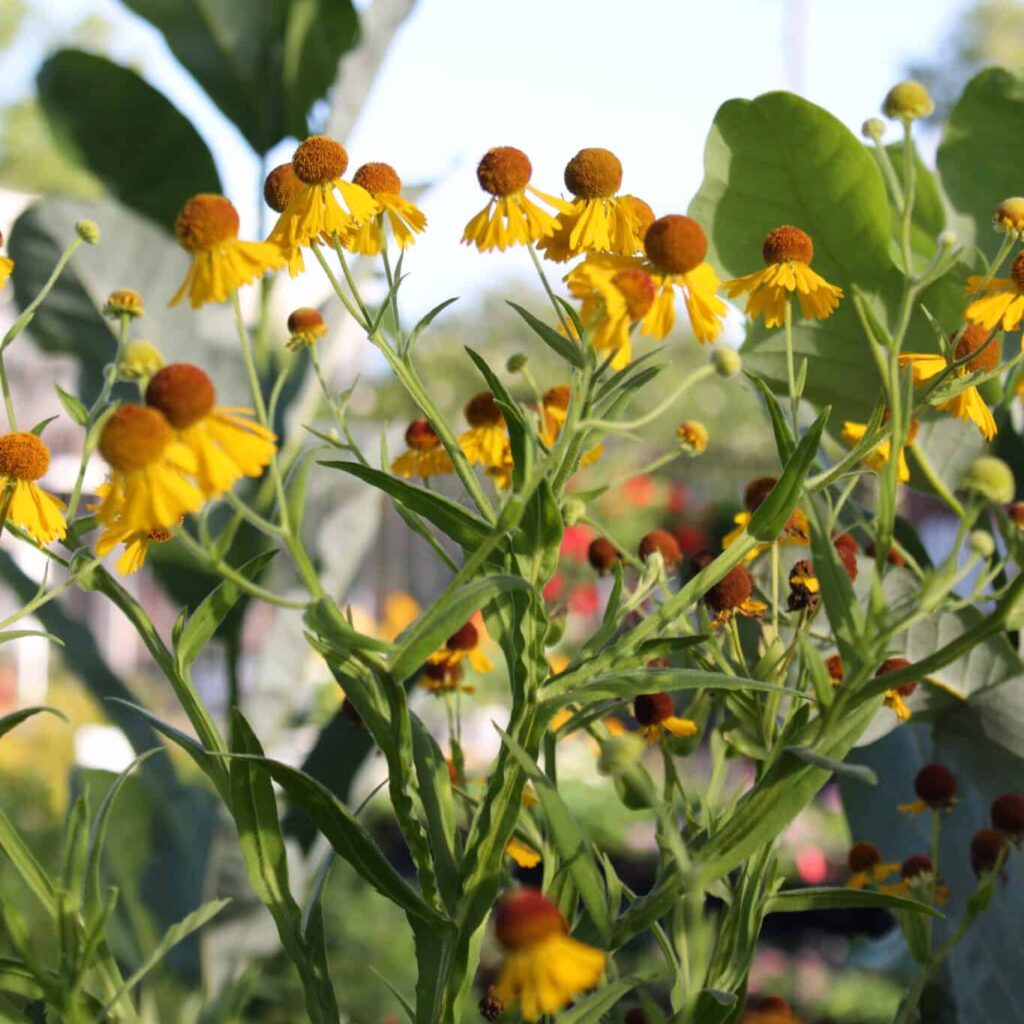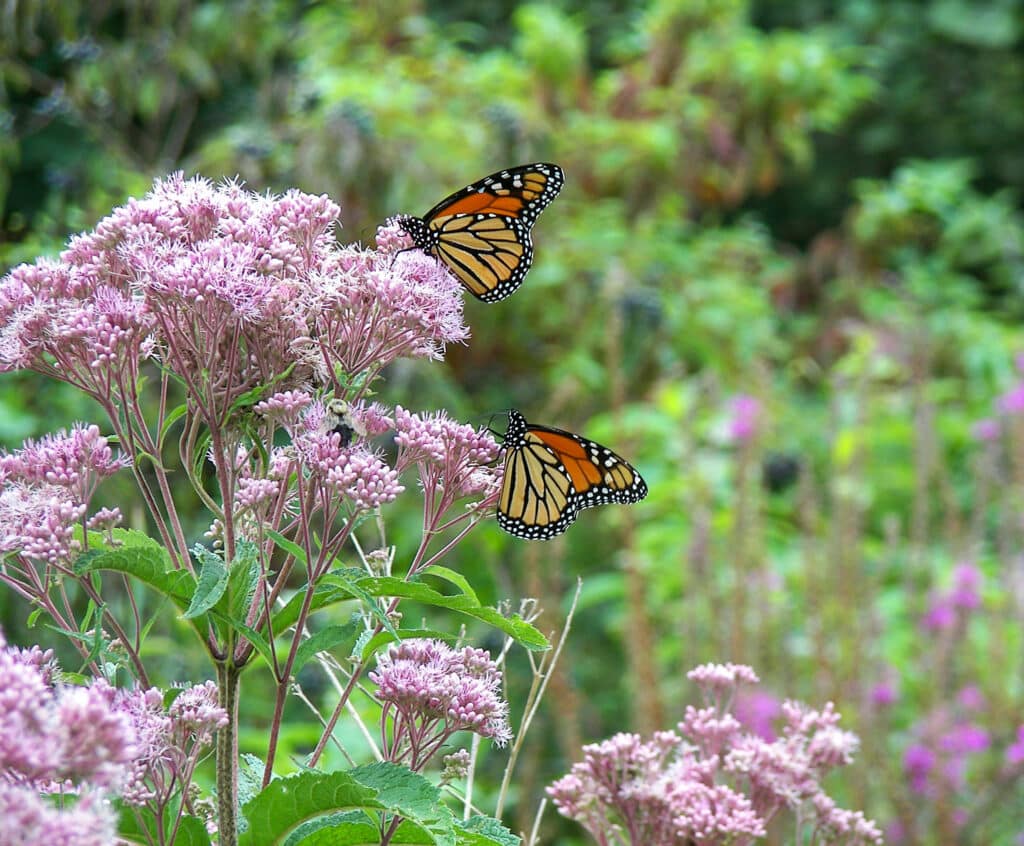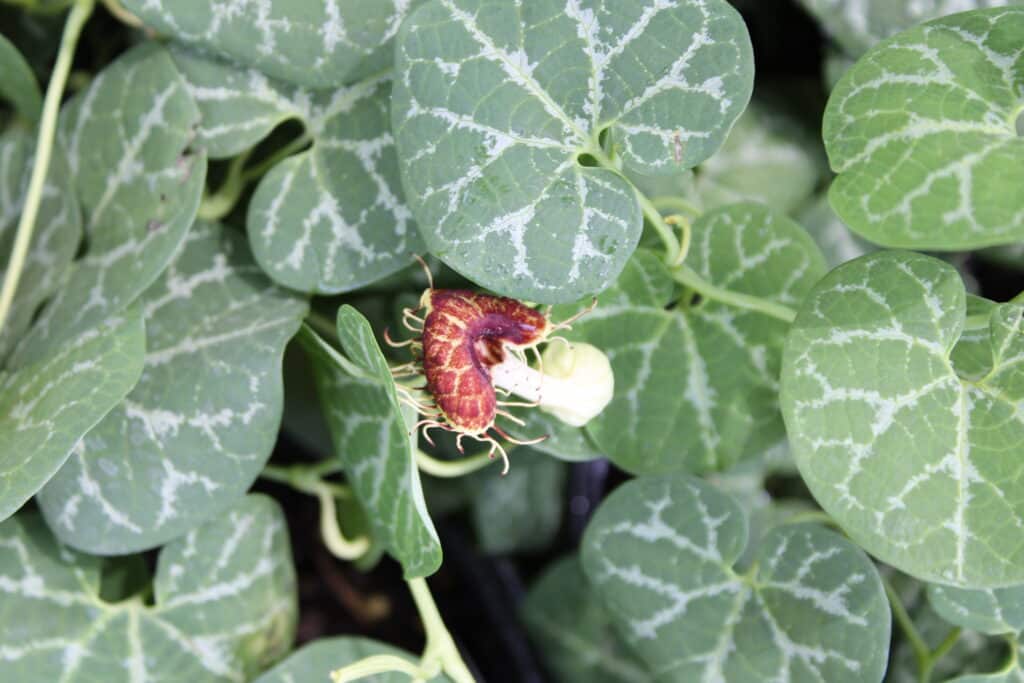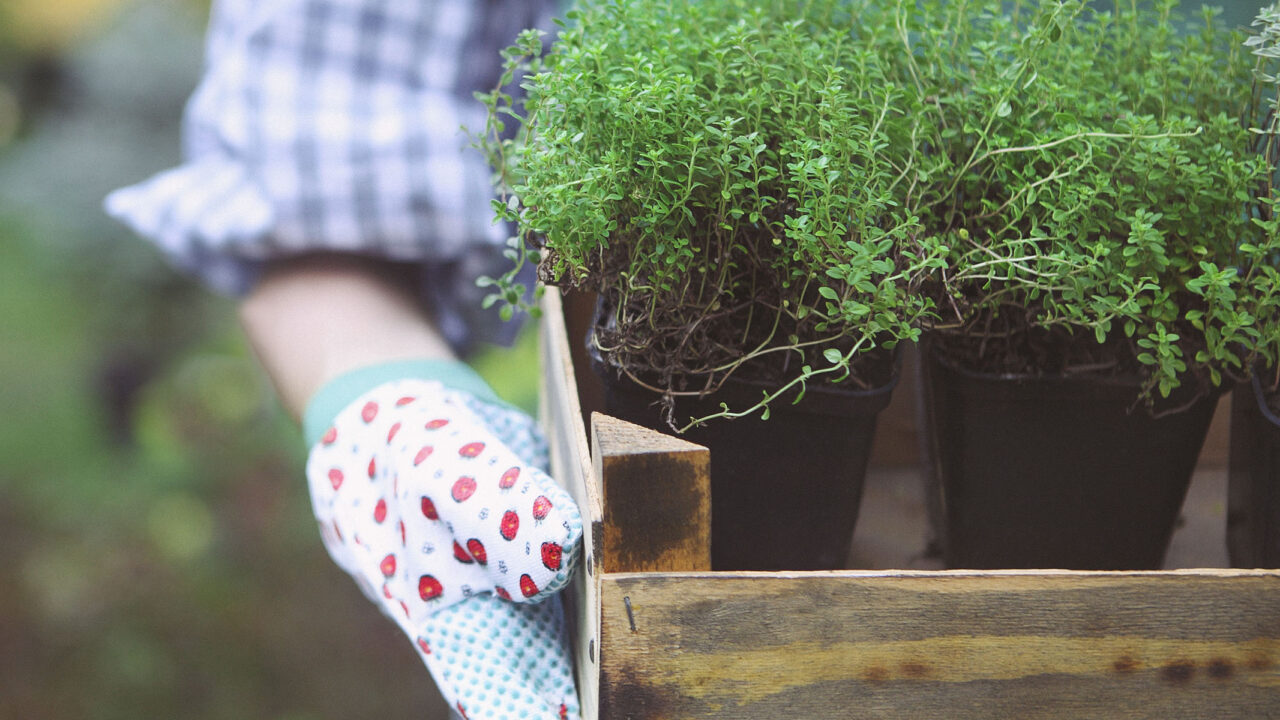
In Harris County, butterflies (Scientific Order: Lepidoptera) can be seen almost year-round. About a hundred different species of butterflies regularly occur in Houston and surrounding Southeast Texas neighborhoods. From swallowtails to monarchs, these butterflies dance about our gardens in a visual symphony that is joyful to watch. The life cycle of a butterfly occurs in four stages: egg, larva (caterpillar), pupa (chrysalis) and adult (butterfly).

What you may not know is that butterfly larvae (the caterpillars) are tied to specific host plants and they have definite preferences. A host plant is where adult butterflies lay their eggs. When the larvae hatch, they begin eating the leaves of the host plant. This food source enables them to grow, pupate and then become butterflies. Without it, the cycle stops. Adult butterflies need nectar to survive, and they get it from a variety of flowers in bloom throughout the year. So, if you want to see more butterflies in your neighborhood and garden, your habitat should support the needs of butterflies during all four stages of their life cycle.
Adding a butterfly habitat to your garden is easy. Plant flowers that attract butterflies and provide nectar and provide host plants where the adults can lay their eggs. It is important to point out that you will need host plants (food source for the larva) and nectar plants (food source for the adult butterfly). These plants are not the same. Most caterpillars feed on a select number of host plants, and they are usually within the same genus or species. For example, the Monarch caterpillar feeds on the leaves of the Asclepias spp. (Milkweed).
When creating a habitat follow these guidelines:
- Incorporate host plants in your garden plantings. Female butterflies are looking for the right spot to lay eggs. Having host plants available for them encourages them to remain in your garden year-round.
- Provide a diverse selection of flowering plants for nectar with varying heights and bloom periods. Different species of butterflies prefer different nectar sources, so having lots to choose from with attract a variety of butterflies.
- Water – Provide shallow pools and even mud puddles. Butterflies prefer to drink water mixed with soil and sand. It provides essential minerals, salts and other nutrients.
- Flat stones – provide a place for butterflies to perch and sunbath. It raises their body temperature so they can fly and remain active.
- Provide a wind break using shrubs or structures. Butterflies are most active in calm conditions.
- Do not use insecticides in the garden. All insecticides including Bt (Bacillus thuringeiensis) are toxic to insects and butterflies are insects too! If you must spray your vegetable garden, etc. try to provide a spray free zone for your butterfly garden.
- After the eggs hatch, the larvae will begin eating the leaves of the host plant. Don’t worry if the host plant is defoliated. It will recover.
- Butterfly larvae usually prefer native “unimproved” varieties of plants.
Some Host Plants for Butterfly Larvae available at Buchanan’s:
Dill, Parsley, Fennel, Rue, Passion flower vines, Tropical milkweed, Dutchman’s pipe vine, senna, shrimp plant, ruellia… and more.
Some Nectar Plants available at Buchanan’s:
Rudbeckia, Buddleia, cigar plant, purple coneflower, coreopsis, cosmos, lantana, Mexican flame vine, tropical milkweed, hamelia, goldenrod, pentas, phlox, ruellia, salvia, verbena, zinnia… and lot’s more.
Recommended Book:
Butterflies of Houston & Southeast Texas by John & Gloria Tveten – this paperback book is an invaluable resource for identifying and learning about butterflies in our area. Full-color photos including photos to help you identify the caterpillars of the butterflies. We have copies for sale in the Bungalow (Gift Shop).
If you are interested in creating a butterfly habitat in your garden, the staff at Buchanan’s can help. We can help you choose the right plants to attract butterflies and provide a sanctuary for them to thrive in.
Helpful Links:
North American Butterfly Association: Houston Page
Houston Museum of Natural Science: Cockrell Butterfly Center
MonarchWatch.org
Resources for this post:
A Guide to Butterfly Gardening in
Harris County (PDF) Harris County Cooperative Extension
Butterflies of Houston & Southeast Texas by John & Gloria Tveten
10 Dont’s of Butterfly Gardening – BRENDA BEUST SMITH post
Butterfly Garden: Links to get you started – Houston Chronicle

